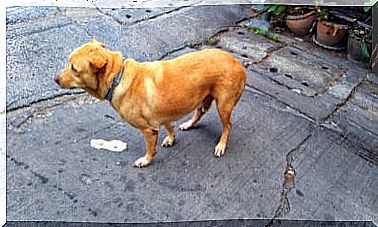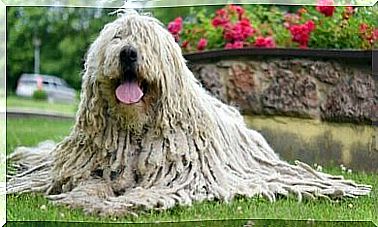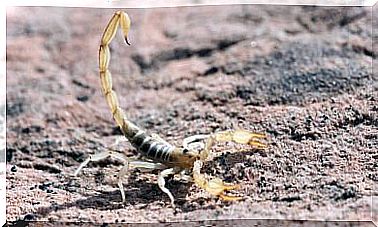Chemotherapy Treatments In Dogs
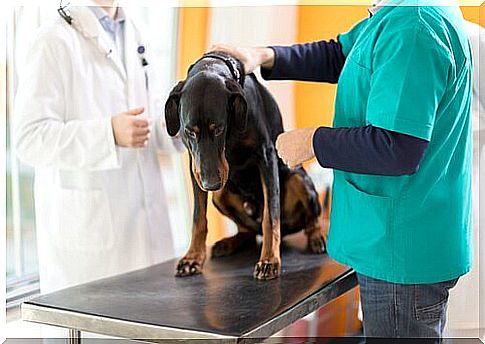
Although it can cause side effects (in only 5% of patients), it should be noted that the success rate of chemotherapy in dogs can reach 80% of cases.
Chemotherapy in dogs is generally used to mainly treat lymphosarcoma and mast cell tumors. Lymphosarcoma is a type of cancer that affects lymphocytes and can damage the liver and spleen.
On the other hand, mast cell tumors are a type of skin cancer that affects mast cells (the cells in connective tissue) and can spread to other organs.
Treatment offers good chances of success
In both cases, the effect of chemical treatment is remarkable, with about 80% positive response.
However, chemotherapy can also be used to treat other cancers that are common in dogs. Below, we list the most common types:
- Skin cancer
- Lymphomas
- Breast cancer
- Cancerous tumors (mainly in the head and neck)
- testicular cancer
- bone cancer
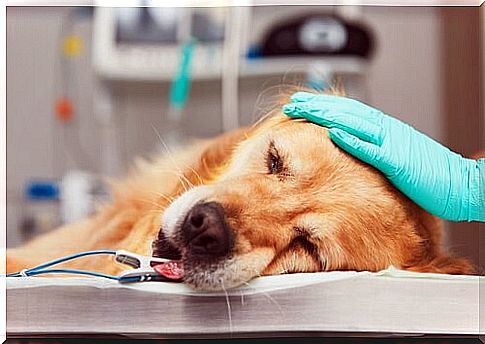
Whenever a dog is diagnosed with cancer, does he need chemotherapy?
No. Chemotherapy is one of the possible treatments for cancer. However, its use must be evaluated by the veterinarian, according to the evolution of the disease in the body and the health status of each dog.
In general, chemotherapy is recommended in the following cases:
- When the tumor affects multiple organs or spreads throughout the body: When cancer cells spread through the body or affect multiple organs (lymphoma, for example), it becomes impossible to remove the tumor with surgery.
In these cases, chemotherapy is usually the best alternative to try to contain the advance and provide a better life expectancy for the animal.
However, if the cancer is advanced, has metastasized, or if the animal is already very weak, chemotherapy is generally inadvisable.
- When the surgical procedure does not completely remove the tumor: in some cases, extraction surgery is feasible and effective, but it cannot extract the tumor in its entirety.
In this case, the veterinarian can use chemotherapy after surgery to complete the elimination of cancer cells.
- If the tumor is too large to be surgically removed: If the veterinarian finds the size of the tumor too large to be surgically removed, chemotherapy can be used to reduce its size.
Depending on the response to treatment, the veterinarian will review the feasibility of post-chemotherapy surgery to remove the reduced-size tumor.
- After removing a tumor: Even when surgery is successful and the tumor is removed, your veterinarian can prescribe chemotherapy to eliminate any of the remaining cancer cells. In this way, the risk of a new tumor forming again is reduced.
How does chemotherapy work in dogs?
Cancer cells grow abnormally, multiplying much faster than normal cells.
The goal of chemotherapy is to slow the growth and eliminate these cells. In this way, specific drugs are used to detect the accelerated activity of malignant cells and destroy them.

For advanced cancer, cancer cells slow down their reproduction and go into “rest.” In this case, chemotherapeutics are unable to differentiate malignant cells from normal ones.
Are there any side effects of chemotherapy in dogs?
As with almost all drug treatments, chemotherapy also has some side effects.
However, it is estimated that only 5% of patients experience these negative reactions after treatment. Among the main side effects of chemotherapy in dogs are:
- Digestive problems: lack of appetite, diarrhea, nausea and vomiting. Fortunately, there are many medications and some natural supplements to prevent and alleviate these disorders.
- Weakness of the immune system: due to the action of chemotherapy, some dogs may suffer a drop in their immune system. This makes them more vulnerable to the development of numerous diseases, from mild colds to more complex infections.
- Hair loss: It is rare for dogs to lose hair during chemotherapy treatment. However, some may suffer occasional losses. On some occasions, hair may grow with a different shade and texture in these areas.
Fortunately, advances in science and veterinary medicine have significantly improved chemotherapy treatments in dogs. Thanks to this, the prognosis is much more positive than in the past.



